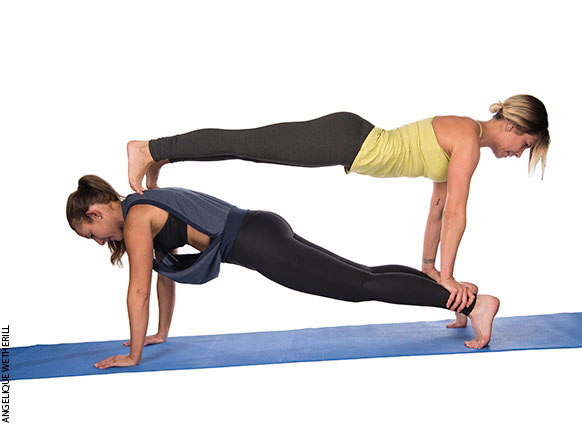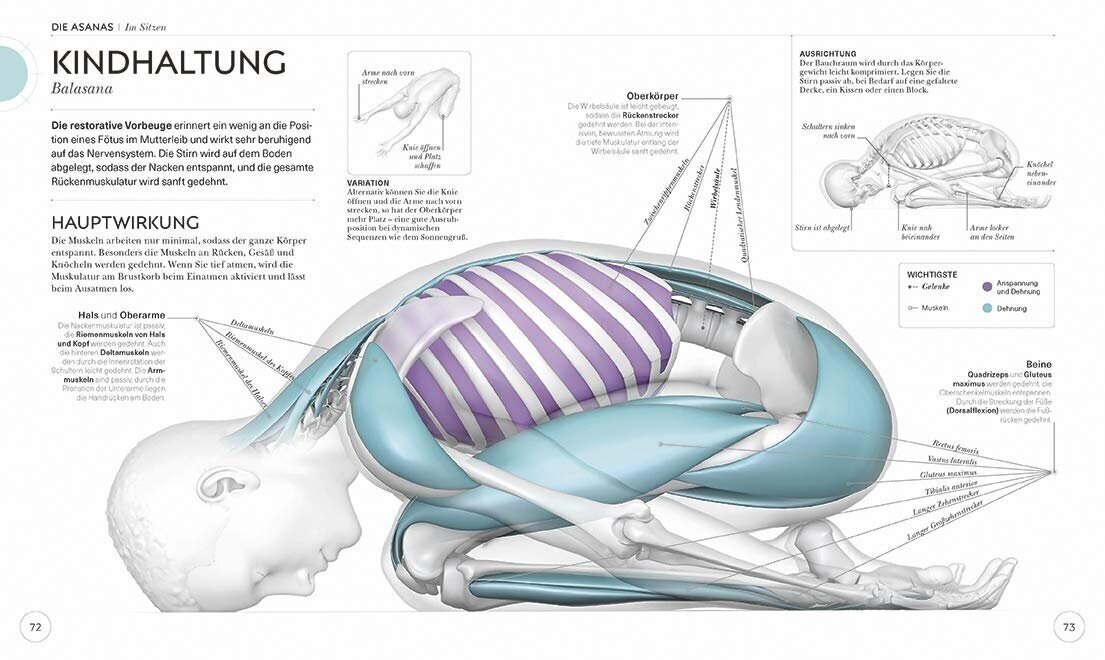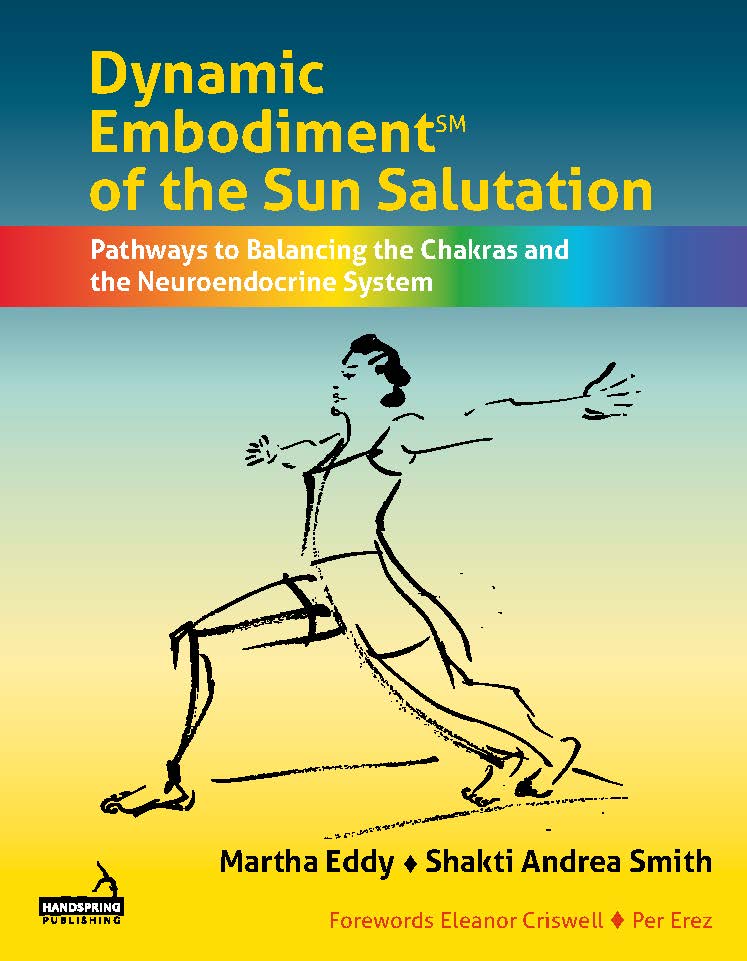
If you're looking to improve your flexibility and strengthen your joints, flexibility yoga is the way to go. These exercises will help you strengthen your muscles and joints, and reduce stress. Start by practicing the eye-of-the-needle pose. This involves bending your knees and raising your right knee towards your chest. Hold the position for 30 seconds, then switch legs. Do the same with the other side. The headstand is a great way to increase your flexibility.
Stretching your muscles
Flexibility yoga involves stretching our muscles, ligaments, and tendons. During stretching, the inverse-myotatic (stretch reflex) is activated. This reflex is used to relax muscles and protect the tendons. We can increase our range and stability by stretching our muscles, tendons and ligaments. However, we should avoid pushing too far and risking injury. Exercising muscles and tendon beyond their elastic edges can cause injuries.

Strengthening joints
Flexibility training is not only good for strengthening the joints but it also improves mobility and flexibility of the muscles surrounding the joints. These exercises can be enhanced by regular yoga classes or home stretching. Regular stretching of the muscles around joints can help maintain their full range of motion and reduce joint pain. These exercises can easily be modified to suit your level of fitness. Flexibility training has many tangible benefits. So, if you are having joint pain, give yoga a try today!
Reducing stress
Are you interested in learning how to reduce stress through flexibility yoga? You're in the right place. Here are some great poses for stress relief. Spinal twist: This yoga pose stretches the lower back, glutes, and hips. Begin by lying down on the ground with your right side bent toward your chest. Place your left foot near your left hip. Take a deep breath and then twist your spine. Press your palms together to maintain the position. Repeat on the opposite side.
Flexibility improvement
Yoga is more scientifically supported than stretching, which is the most popular way to increase flexibility. The science of flexibility by Michael Alter explains that the elasticity of healthy muscle fibers is not the primary factor in improving flexibility. Alter states that a single muscle fiber can be stretched up to 150 percent of its length without tearing. This makes it capable of performing most stretches and challenging asanas.

Avoiding injuries
By slowing down when performing yoga poses and focusing on correct posture, you can avoid injury. Keep your spine in good shape while doing yoga poses. This will ensure your core muscles work properly. Yoga classes can be avoided by practicing good posture and strengthening your core muscles. Good posture is important for preventing injuries throughout the day. These tips will help you avoid injuries to your neck, arms, and hands.
FAQ
Are there many types of yoga?
Bikram Yoga, also known as Bikram heated yoga, is the most common type of yoga. Other forms include Hatha, Ashtanga, Vinyasa, Iyengar, Kundalini, Yin, Power Yoga, Flow Yoga, Reiki, Pilates, Restorative, Aerial, etc.
What is the average time it takes to become a pro at yoga?
It depends on what kind of yoga you're doing. Some styles are faster than other. Even if you are just starting, you can still expect to improve.
The more you practice, the better you'll become. In just a few weeks, you'll start to notice the improvements.
What type of yoga are you looking for?
Yoga is great for all fitness levels and ages. It's an easy way to get fit and stay healthy. People who have tried yoga report feeling healthier both physically and mentally. People who have tried yoga say they feel calmer and happier.
Yoga is more than exercise. It is a way to live that includes breathing exercises and stretching.
There are many kinds of yoga. Some focus more on strength training than others. Others are more focused on relaxation.
Your preference in yoga is what will guide you which type of yoga you choose. If you want to improve flexibility, then try Iyengar yoga. Or if you want to tone your muscles, go for Ashtanga yoga.
Are yoga mats expensive?
A high-quality yoga rug can cost anywhere from $20 to $100, depending on its dimensions and the material used.
Statistics
- According to the Agency for Healthcare Research and Quality, falls are incredibly common among older adults in nursing facilities. Even the simplest ones can increase the risk of death (24). (healthline.com)
- The people in the yoga group were 37 percent more likely to have quit smoking by the end of the 8-week program. (nccih.nih.gov)
- According to calorie estimates calculated at Harvard Medical School, the average 125-pound person burns about 120 calories in a half hour of hatha yoga, and a 185-pound person burns about 178 calories in that half hour. (everydayhealth.com)
- In comparison, a 125-pound person is estimated to burn 135 calories in 30 minutes of walking (at a pace of 15-minute miles) and 210 calories bicycling at a moderate pace on a stationary bike. (everydayhealth.com)
- A 2020 review of 27 studies (1,805 total participants) of yoga interventions in children or adolescents found reductions in anxiety or depression in 70 percent of the studies, with more promising results for anxiety. (nccih.nih.gov)
External Links
How To
Is yoga a good way to exercise?
Yoga isn't for people who just want to lose weight. Yoga can help you improve flexibility, balance and coordination as well as strength, focus, calmness, and coordination.
Yoga isn't just exercise, but an art form. The poses can be used to relax or meditate. They can improve our posture, concentration and breathing.
Yoga is a practice of yoga. Yogis follow various forms of yoga, including Hatha, Ashtanga, Iyengar, Vinyasa, Bikram, Kundalini, Yin Yang, and Restorative.
There are many types and styles of yoga. But they all share similar goals. Each type focuses differently on health and wellbeing. Yoga styles include Hatha, pranayama (meditation), and pranayama (pranayama).
Some yoga exercises don't require you to have any equipment
-
Sun Salutation: This series of 12 postures begins with a forward bent, and then 10 additional poses.
-
Warrior Pose - While holding a stick or staff, a warrior pose is done.
-
Triangle Pose – This is a pose where you raise one leg behind your head and bend at the knee.
-
Standing Forward Bend - This position involves bending forward from the waist and putting your legs straight on the floor.
-
Seated Twist: This is a pose that can be done while seated on a mat or in a chair.
-
Cobra Pose: This position is done lying on your back, arms raised.
-
Child's Pose: This is a pose where the child lies face down on the ground.
-
Cat/Cow Pose -- This pose is a mix of a cow pose and a cat pose. As you lie face down, lift your upper body off of the ground. Next, roll onto your back and place both of your hands under you shoulders.
-
Head tilt - This is a pose where you tilt your head back while keeping your eyes open.
-
Shoulder Stand: This is when you stand straight with your feet up and your arms extended above your head.
-
Tree Pose – This pose involves kneeling on your heels with your hands beneath your shoulders.
-
Bow Pose – Bend forward from the hips to complete this pose. Then, place your palms on top of the ground and bend forward.
-
Corpse Pose – This pose can be held for up to five minutes.
-
Mountain Pose: This pose is known as mountain pose, because it requires you to stand tall and keep your spine straight.
-
Legs Up the Wall Pose - This pose is executed by hanging upside-down from a wall.
-
Side Angle Pose- To achieve this pose, lean against a wall while putting your right elbow next to it.
-
Plank Position- When you lie on your stomach and extend your left hand and right foot apart, you can achieve this position.
-
Bridge Pose – Balance on your elbows while balancing on the toes in this pose.
-
Reverse Table Top Pose - This pose is attained by lying on your tummy and reaching your arms toward the ceiling.
-
Handstand - This requires strength and balance. Hold yourself in between two walls or use a door frame to do this pose.
-
Half Moon Pose – Also known as Hero Pose, this pose is also called Hero Pose. You can perform it by standing on your hands or toes.
-
Headstand (or Hold) - This requires strength and balance. You can perform this pose either on a wall or using a doorframe.
-
Forearm Balance- This position is done with your forearms on a tabletop.
-
Spinal Twist - This pose lies on your belly while reaching your arms.
-
Supported bound angle pose - This pose needs support and balance. You will need to find a sturdy object like a tree branch or an old beam to lean on.
-
Wide Leg Forwardfold - To achieve this pose, spread your legs apart while touching your toes.
-
Single Pigeon Pose -- This pose is similar in style to the forward fold with one leg, but it only involves one leg.
-
Extended Puppy Dog Poses-This pose is extremely relaxing. This is done by stretching your legs outwards and bending your knees.
-
Standing Forward Bend - This is a pose where you are seated cross-legged, stretching your calves and hamstrings.
-
Crow Pose is a difficult pose that can be very rewarding once you have mastered it. It is done by raising your arms above your head and lowering them until they parallel to the floor.